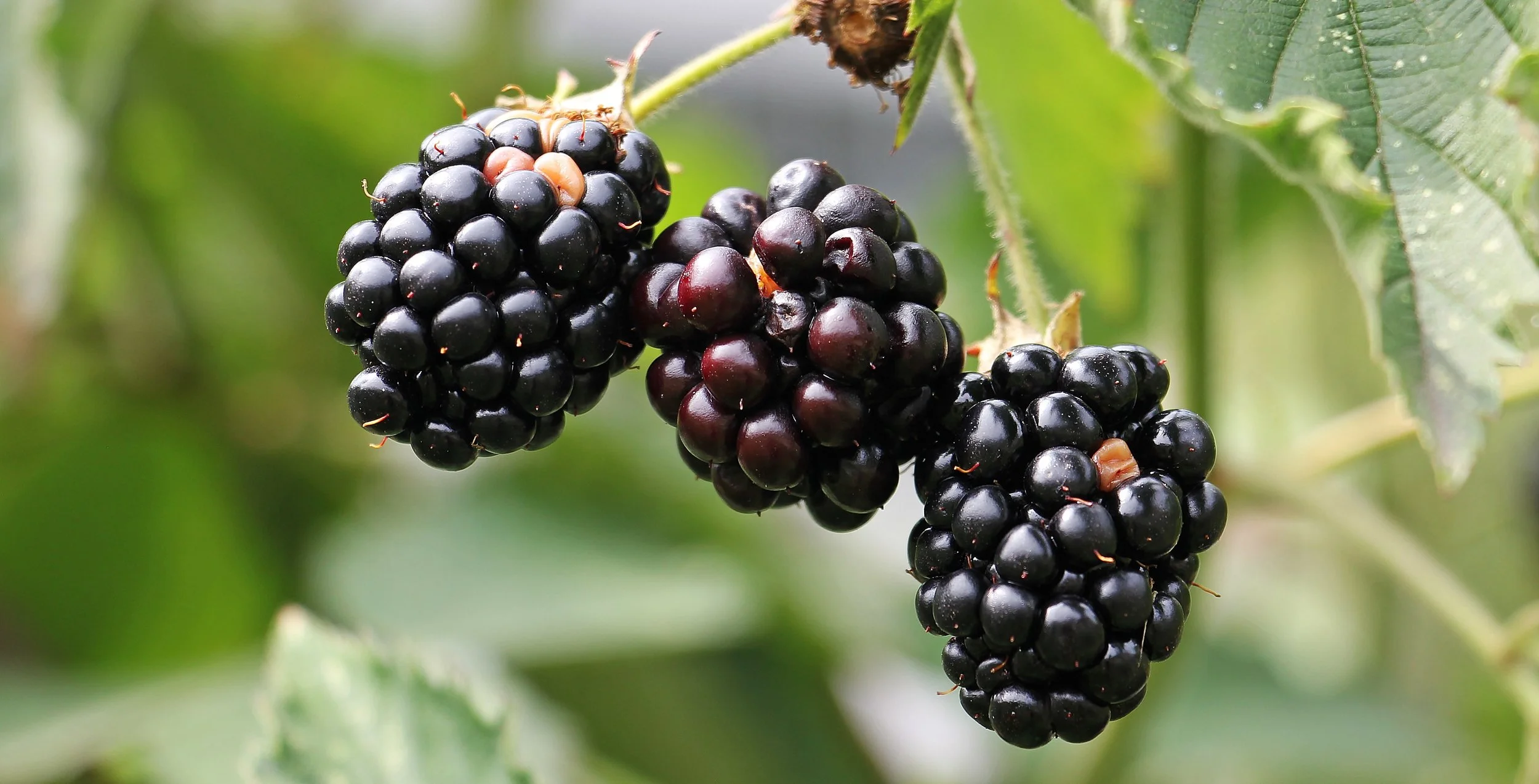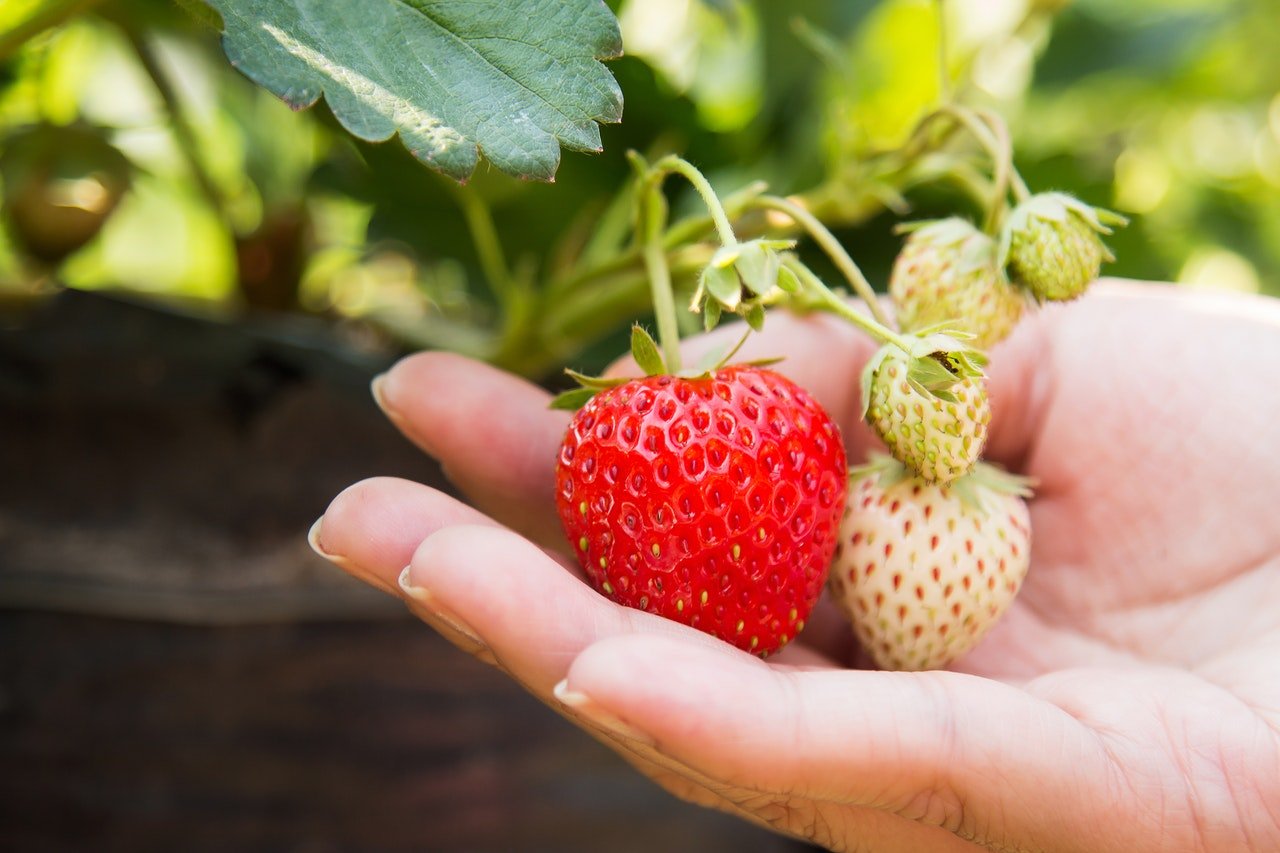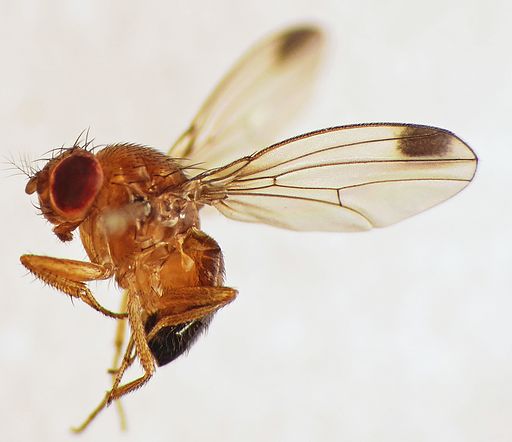Dr. Juliet Carroll, Fruit IPM Coordinator at Cornell University, earned the Excellence in Integrated Pest Management (IPM) Award from the New York State Integrated Pest Management Program (NYSIPM) at the Viticulture day of the B.E.V. (Business, Enology, Viticulture) conference in Rochester. The award honors individuals who encourage the adoption of IPM in their businesses, schools, communities, and farms, and who develop new tools and tactics for sharing these practices.
Dr. Carroll spearheaded the expansion of NEWA, a website and network that allows growers to understand how the weather will affect fungal and insect pests, and takes the guesswork out of their pest-management strategy. Carroll ran NEWA for over a decade. Under her leadership, NEWA went from 45 weather stations in New York State to over 500 in 12 states. Her work, along with Wayne Wilcox and Greg Loeb, on improving the user experience with the grape disease and grape berry moth models on NEWA, had an enormous impact on the implementation of grape IPM in New York.
Dr. Carroll also led the development of Trac software. Introduced in the early 2000s, the software simplified and digitized pesticide recordkeeping for large and small growers and processors alike. It allows farmers to input the information once, and generate customized reports for different processors. The software also includes reference to “IPM Elements” for grapes and other crops—a tool that helps growers assess their pest management practices.
Dr. Carroll built Trac software for five fruit crops, and partnered with a colleague to create TracTurfgrass for golf, lawns, sports fields and sod farms. Luke Haggerty, grower relations representative for Constellation Brands, calls Carroll’s TracGrape software “a true breakthrough” in recordkeeping. Of her work with NEWA, Haggerty says, “Julie has always been very proactive in developing and delivering the products needed for our growers to produce grapes in an environmentally and economically sustainable way.”
Tim Martinson, Cornell Cooperative Extension Viticulture specialist, noted, “IPM is built on information and decision-making tools. Juliet has built TracGrape and NEWA into useful, practical tools for growers.”
Dr. Carroll also co-edited organic production and IPM guides for grapes and several berry crops, and has regularly presented at Lake Erie Regional Grape Growers’ conferences and Coffee Pot meetings. She has conducted research on devastating pests, such as spotted wing drosophila (SWD), investigating whether hungry hummingbirds can provide meaningful control.
In addition, Dr. Carroll has chaired the Northeast IPM SWD working groups for the past decade, bringing research scientists, growers, industry reps, and extension educators from across the region together to help find solutions. Carroll has also helped fruit growers with bird management.
Learn more about integrated pest management at nysipm.cornell.edu.









